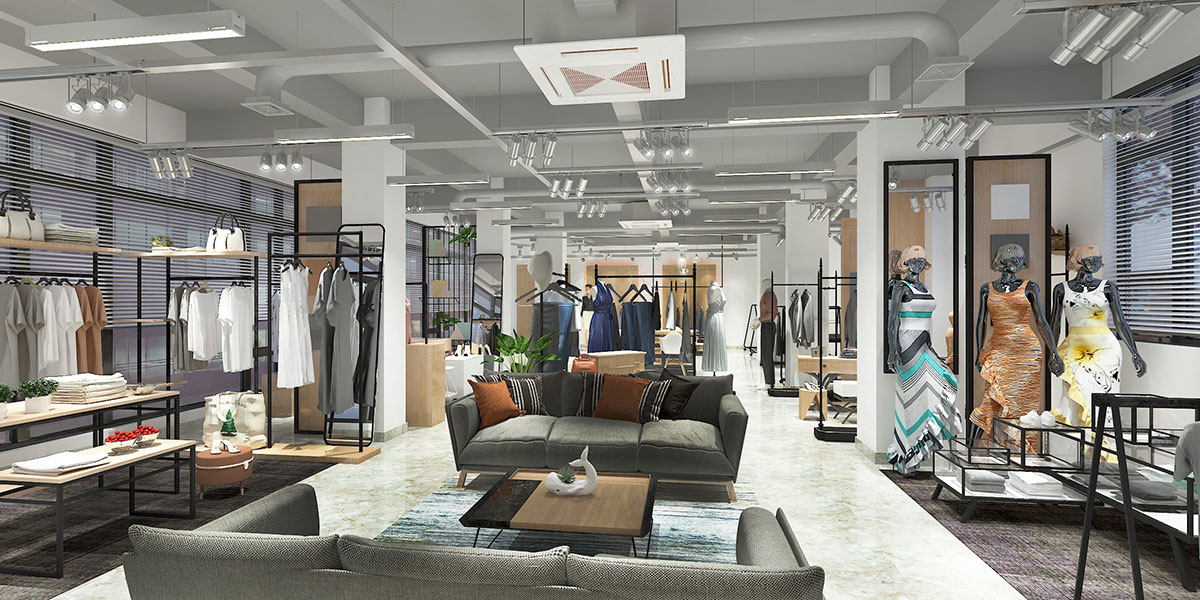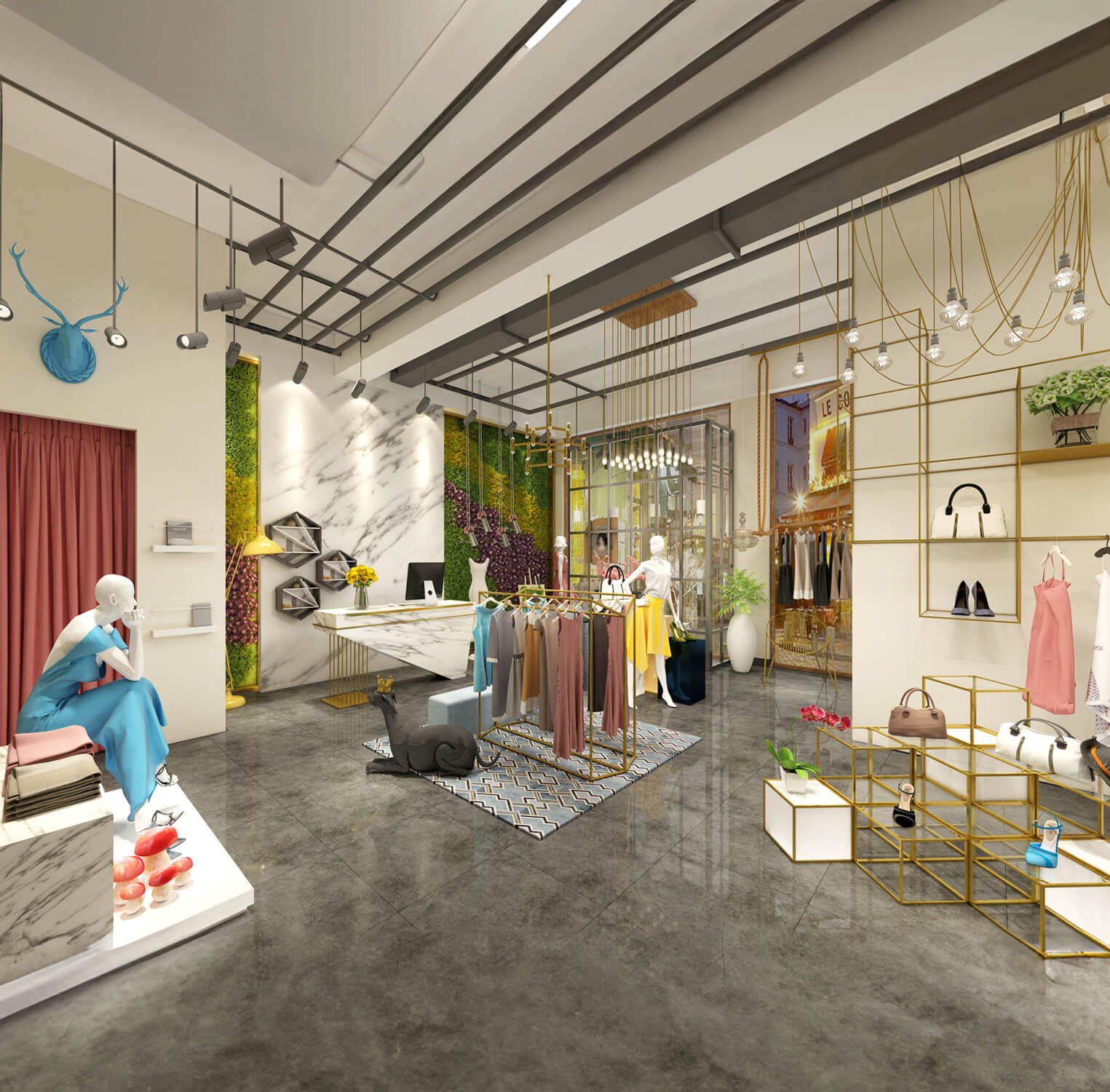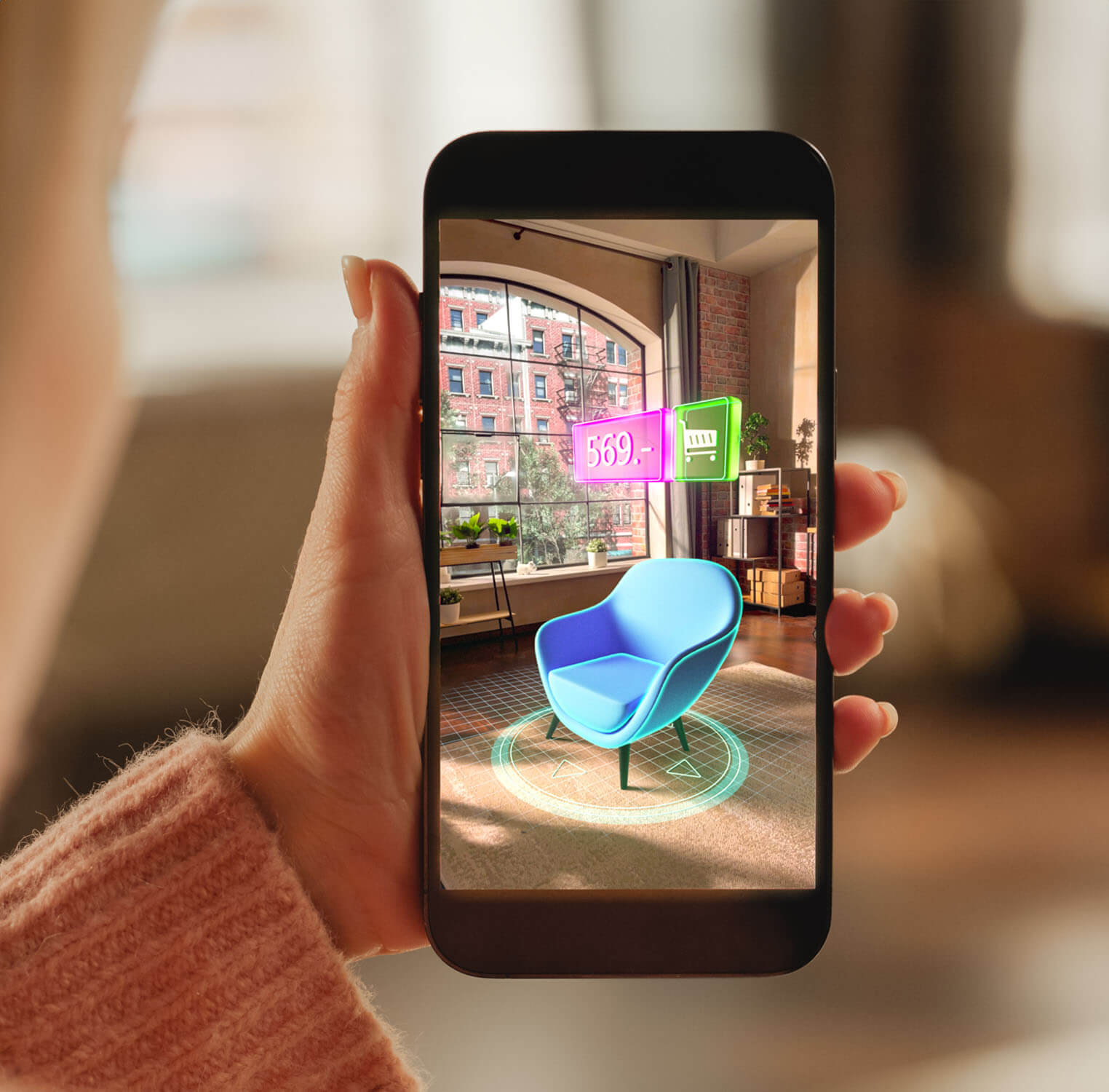How Digital Showrooms are the Future of the Fashion Industry
The digital showroom is not just a trend. It is shaping the long-term future of the fashion industry.
- According to McKinsey’s State of Fashion 2024 report, 70% of executives said digital platforms will drive how collections are sold.
- Another survey by Business of Fashion highlighted that nearly half of global buyers prefer hybrid or digital-first buying methods.
This shift shows that traditional methods no longer dominate in the fashion industry.
A guide to an order management system that helps your business.
Example 1: Luxury Brand Gucci created showrooms where wholesale buyers could explore its collections virtually. This move expanded reach and cut costs significantly while aligning with the brand’s digital-first identity.
Example 2: Tommy Hilfiger transitioned to digital showrooms during the pandemic and continued the model even afterward. The brand reported saving millions on logistics while also improving buyer satisfaction.
Example 3: Emerging sustainable fashion brands are using digital showrooms as a way to compete with larger retailers. By presenting their collections virtually, they save on costs, highlight their eco-friendly mission, and attract global buyers who prioritize innovation.
Clothing eCommerce is already booming, and with online retail sales projected to surpass $1 trillion globally by 2027 (Statista, 2024), digital showrooms will become a standard practice. They answer the needs of modern fashion retail: Speed, sustainability, cost control, and data-driven growth.
Find out the top 10 eyewear eCommerce websites for building a successful business.
If you are asking “How can I improve my fashion store?” or “How to increase online clothing sales?”, the path forward is clear; adopting a digital showroom can transform your business model and prepare you for the future.













